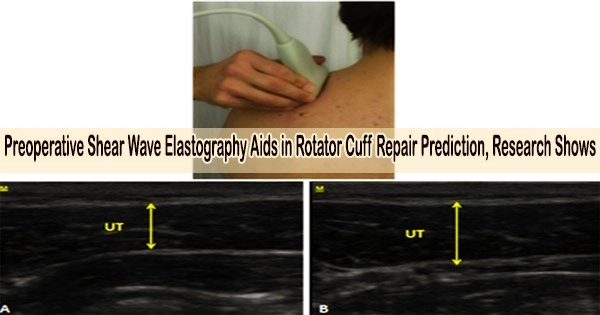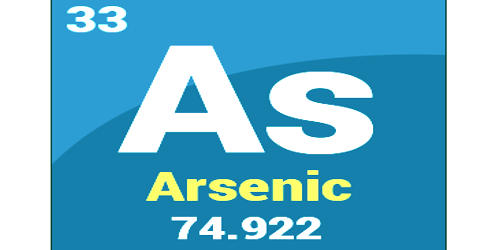The American Journal of Roentgenology (AJR) of ARRS reports that preoperative shear wave elastography (SWE) can be used in conjunction with current imaging as a predictive marker for successful rotator cuff repair.
Wave elastography is a medical imaging technique used to assess the mechanical properties of tissues. It provides information about tissue stiffness or elasticity, which can be indicative of various pathological conditions.
Noting that SWE-derived elasticity is higher in patients with insufficient rotator cuff repair, “elasticity ratio independently predicted insufficient repair,” wrote corresponding author Eun Kyung Khil of Hallym University Dongtan Sacred Heart Hospital in Korea.
Khil’s team performed preoperative shoulder MRI and experimental shoulder ultrasound using SWE on 74 patients (37 men and 37 women; mean age, 63.9 years) who had rotator cuff repair between May 2019 and January 2021. The researchers determined the elasticity ratio of the supraspinatus and trapezius muscles after measuring the mean elasticity of each muscle.
Rotator cuff repair is a surgical procedure performed to fix a torn or damaged rotator cuff in the shoulder. The rotator cuff is a group of muscles and tendons that surround the shoulder joint, providing stability and allowing for movement of the arm.
In the end, preoperative elasticity ratio of the supraspinatus muscle assessed by SWE significantly predicted insufficient repair (odds ratio=15.6; 3.66 vs. 1.83) regardless of tear size and muscle characteristics evaluated by MRI and grayscale ultrasound.
Future studies “are warranted to assess for differences in SWE values between the two positions,” the authors of this AJR article acknowledged. SWE values were measured lying down as opposed to sitting to reduce the tone, stiffness, and gravitational load of the trapezius muscle.
















